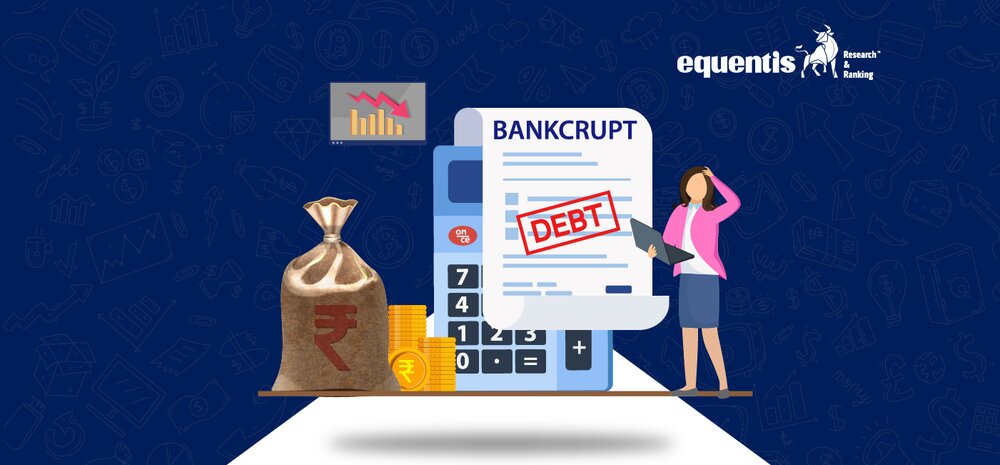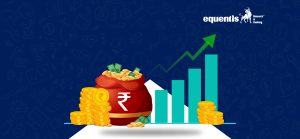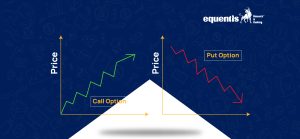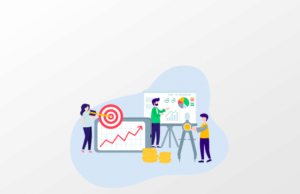Debt management might seem challenging, but it’s essentially about creating a structured plan to pay off your debts over time. By making thoughtful decisions and using the right strategies, you can reduce your debt burden and work towards financial freedom. Here’s a breakdown of how debt management works and the best ways to manage and lower your debts.
What Is Debt Management?
Debt management refers to handling your financial obligations in a way that allows you to repay your debts gradually without overwhelming yourself. This can involve:
- Organizing your debts: Identifying all your loans, credit cards, and outstanding balances.
- Setting up a plan: Creating a strategy to pay off those debts while managing the interest rates and payment schedules.
- Improving your financial habits: Changing how you spend and save so you don’t fall deeper into debt.
Debt management aims to reduce your total debt and the interest you pay. A debt management plan (DMP) is one way to structure this, where a credit counseling agency helps you negotiate better terms with creditors.
Effective Tactics to Lower Your Debt
1. Assess Your Financial Situation
Before diving into debt management, you must understand where you stand financially. List all your debts—credit cards, loans, and other outstanding balances. For each one, note the interest rate, minimum payment, and the due date.
Example:
Let’s say you have the following debts:
– Credit Card 1: ₹5,000 at 20% interest
– Credit Card 2: ₹3,000 at 18% interest
– Personal Loan: ₹7,000 at 12% interest
Organizing your debts allows you to see what you owe and the repayment plan. This is the first step toward effective debt management.
2. Create a Budget
Budgeting is a crucial part of debt management. Setting a monthly budget helps you understand where your money goes and ensures you’re allocating enough to pay off your debts. Start by listing all sources of income and expenses (rent, utilities, food, transportation, etc.).
Example:
If your monthly income is ₹3,000, and your expenses total ₹2,200, that leaves you with ₹800 to allocate towards debt repayment. Creating a budget allows you to prioritize paying down your debts faster.
This is where having a debt management plan can help, too. If you’re struggling to create a realistic budget, a professional might help you allocate your income to balance living expenses and debt repayment.
3. Prioritize Your Debts
Once you’ve assessed your situation, you can prioritize which debts to pay off first. There are two primary methods for prioritizing debt:
– Debt Avalanche Method: This method first focuses on paying off the debt with the highest interest rate. It saves you money on interest over time.
Let’s assume you have:
– Credit Card 1: ₹5,000 at 20% interest
– Credit Card 2: ₹3,000 at 18% interest
– Personal Loan: ₹7,000 at 12% interest
Using the Debt Avalanche Method, you’d pay off Credit Card 1 first, as it has the highest interest rate, while making minimum payments on the others.
– Debt Snowball Method: This method focuses on paying off the smallest debt first. It’s motivating because you’ll see debts disappearing quickly.
Continuing with the same debts, you’d focus on paying off Credit Card 2 first, as it’s the smallest debt, and once it’s paid off, move on to the next smallest debt.
4. Consider Debt Consolidation
Deb consolidation might be a good solution if managing multiple debts is overwhelming. This involves combining your debts into one loan, often with a lower interest rate. This simplifies the repayment process and could save you money in the long run. However, before going this route, make sure the terms are favorable. Don’t be tempted by offers that seem too good to be true—read the fine print.
Example:
If you have multiple credit card debts at high interest rates, consolidating them into one personal loan with a lower interest rate can lower your monthly payment and reduce the total interest paid.
5. Negotiate with Creditors
Sometimes, creditors are willing to work with you if you’re upfront about your financial situation. Contact them directly to negotiate lower interest rates, reduced payments, or even a temporary payment pause if you face economic hardship. Negotiating may not always work, but it’s worth trying, especially if you have a good payment history with your creditors.
6. Avoid Accumulating New Debt
One of the key principles of debt management is to stop accumulating new debt while you work to pay off existing obligations. This means cutting back on unnecessary spending, avoiding using credit cards for non-essential purchases, and living within your means.
7. Build an Emergency Fund
An emergency fund is a small reserve of money set aside for unexpected expenses. Without one, you might end up using credit to cover emergencies, defeating debt management’s purpose. Start small and aim to save at least ₹500 to ₹1,000 as a cushion.
8. Seek Professional Help if Needed
If managing your debts feels overwhelming, don’t hesitate to seek professional help. A certified credit counselor can help you create a debt management plan (DMP) tailored to your needs. They’ll work with your creditors to negotiate better terms and help you stay on track.
Good Debt Vs. Bad Debt
It’s essential to understand the difference between good debt and bad debt. Good debt, such as student loans or a mortgage, can help you build assets over time, whereas bad debt, like high-interest credit cards, can quickly become overwhelming. You can manage your finances more effectively by focusing on good debt and eliminating bad debt.
Conclusion
Effective debt management requires a mix of discipline, strategy, and sometimes professional help. You can reduce your debt and regain financial control by assessing your financial situation, prioritizing your debts, and sticking to a structured plan. Use these tactics, and over time, you’ll be able to pay off your debts and achieve a healthier financial future.
Additionally, while working on your debt, it’s essential to consider other financial strategies that could help you grow your wealth. A guide on personal finance can provide insights on investments, savings, and building a sustainable future. For example, suppose you’re thinking about long-term financial goals. In that case, you might explore options like a share advisory company for investment advice or watch upcoming IPOs for potential opportunities.
FAQs
What is a Debt Management Plan (DMP)?
A DMP is a formal arrangement between you and your creditors where you agree to pay off your debts over a specified period. A credit counselor typically manages the plan and helps lower interest rates and fees, making your payments more affordable.
Will a Debt Management Plan Affect My Credit Score?
While a DMP can initially impact your credit score, completing the plan and reducing your debt can improve your score. It’s essential to stay committed to the plan and make timely payments.
Can I Include All My Debts in a Debt Management Plan?
Most DMPs cover unsecured debts like credit cards and medical bills. However, secured debts such as mortgages or car loans aren’t usually included. Make sure to continue paying these debts to avoid losing your property.
Disclaimer Note: The securities quoted, if any, are for illustration only and are not recommendatory. This article is for education purposes only and shall not be considered as a recommendation or investment advice by Equentis – Research & Ranking. We will not be liable for any losses that may occur. Investments in the securities market are subject to market risks. Read all the related documents carefully before investing. Registration granted by SEBI, membership of BASL & certification from NISM in no way guarantee the performance of the intermediary or provide any assurance of returns to investors.
How useful was this post?
Click on a star to rate it!
Average rating 0 / 5. Vote count: 0
No votes so far! Be the first to rate this post.
I’m Archana R. Chettiar, an experienced content creator with
an affinity for writing on personal finance and other financial content. I
love to write on equity investing, retirement, managing money, and more.
- Archana Chettiar













